Shashank Rajamoni
Mitigating Bias in Federated Learning
Dec 04, 2020
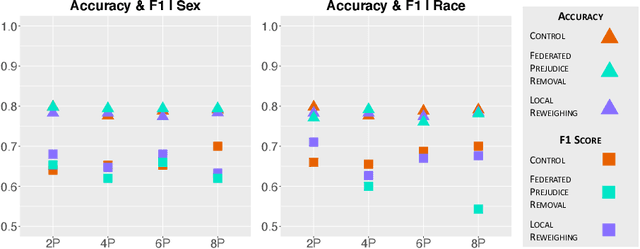
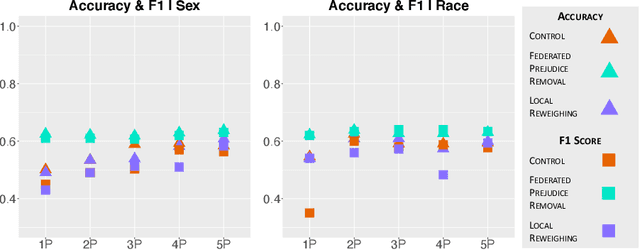
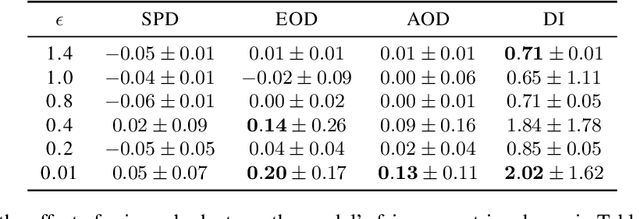
Abstract:As methods to create discrimination-aware models develop, they focus on centralized ML, leaving federated learning (FL) unexplored. FL is a rising approach for collaborative ML, in which an aggregator orchestrates multiple parties to train a global model without sharing their training data. In this paper, we discuss causes of bias in FL and propose three pre-processing and in-processing methods to mitigate bias, without compromising data privacy, a key FL requirement. As data heterogeneity among parties is one of the challenging characteristics of FL, we conduct experiments over several data distributions to analyze their effects on model performance, fairness metrics, and bias learning patterns. We conduct a comprehensive analysis of our proposed techniques, the results demonstrating that these methods are effective even when parties have skewed data distributions or as little as 20% of parties employ the methods.
IBM Federated Learning: an Enterprise Framework White Paper V0.1
Jul 22, 2020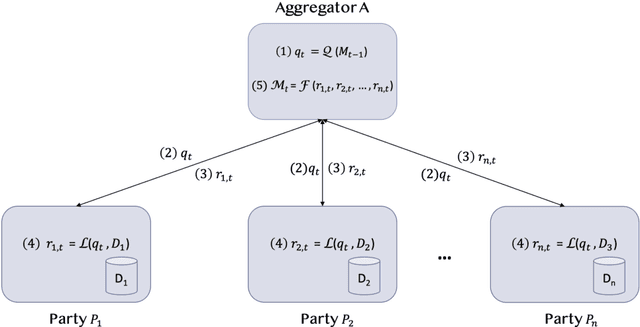

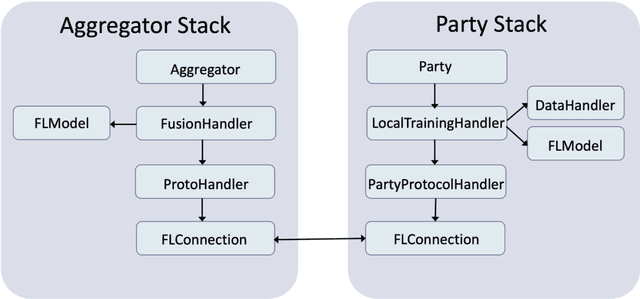

Abstract:Federated Learning (FL) is an approach to conduct machine learning without centralizing training data in a single place, for reasons of privacy, confidentiality or data volume. However, solving federated machine learning problems raises issues above and beyond those of centralized machine learning. These issues include setting up communication infrastructure between parties, coordinating the learning process, integrating party results, understanding the characteristics of the training data sets of different participating parties, handling data heterogeneity, and operating with the absence of a verification data set. IBM Federated Learning provides infrastructure and coordination for federated learning. Data scientists can design and run federated learning jobs based on existing, centralized machine learning models and can provide high-level instructions on how to run the federation. The framework applies to both Deep Neural Networks as well as ``traditional'' approaches for the most common machine learning libraries. {\proj} enables data scientists to expand their scope from centralized to federated machine learning, minimizing the learning curve at the outset while also providing the flexibility to deploy to different compute environments and design custom fusion algorithms.
 Add to Chrome
Add to Chrome Add to Firefox
Add to Firefox Add to Edge
Add to Edge